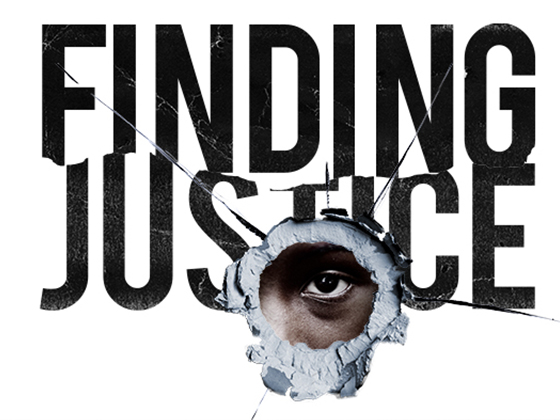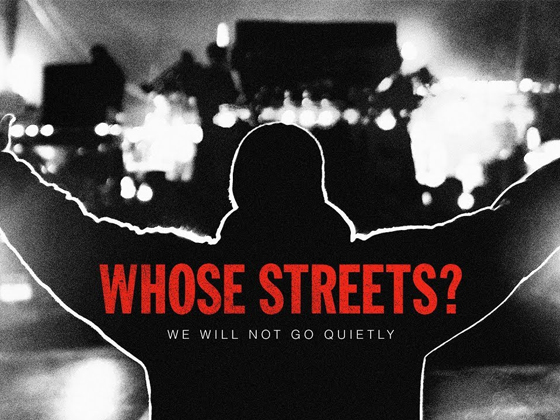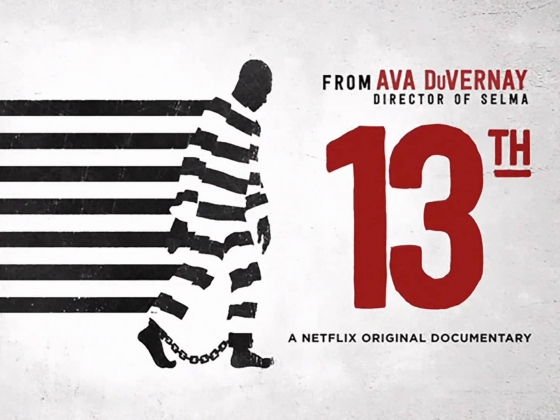Police Brutality
It is the very act of policing that places police in opposition of the community, and most often, it is against Black and Brown folks.
Police Brutality, and Why It Is an LGBTQ Issue
“Police violence used to be a central issue within LGBTQ activism. In recent years, though, the issue was largely divorced from mainstream movements, which focused on other goals, such as marriage equality. But criminal justice and police practices remain crucial concerns to the LGBTQ community’s most vulnerable.”
‘Invisible No More’ examines police violence against minority women
“…police sexual violence which is the second most frequently reported form of police misconduct but not the second most talked about.” Hear more from Andrea J. Ritchie as she reads from her book “Invisible No More: Police Violence Against Black Women and Women of Color.”
50 years ago, St. Paul police tear gassed a barricaded dance hall. So began the Stem Hall race riots
In 1968, Teretha Glass-Kelly experienced the racism within the police force in St. Paul. This racism is still inevitably prevalent today within every police force in the US.
The Long, Painful History of Police Brutality in the U.S.
A 1963 protest placard in the Smithsonian collections could almost be mistaken for any of the Black Lives Matter marches of today.
Police are still killing black people. Why isn’t it news anymore?
Activism against police brutality, militarization, and the system of policing is alive now more than ever. Read more about why media attention has shifted from the killing of unarmed Black and Brown folks.
There were only 23 days in 2018 where police did not kill someone. Learn more about the methodology of tracking police violence at this website.
This article cites research showing that implicit bias trainings are not effective for creating long-term change. These trainings are the cornerstone of Chief Tusken’s “different culture” in the DPD. What does it mean for the department if they are ineffective?
History of Policing
A Brief History of Police in the USA
“They [the U.S.] began centralizing municipal police departments. The first one was in Boston in 1838 and by the 1880’s all the major cities has some sort of police department.” Hear Cladia Palacios describe how police as we now know them came into being.
The Demand For Order And The Birth Of Modern Policing
“Why were the modern police created? It is generally assumed, among people who think about it at all, that the police were created to deal with rising levels of crime caused by urbanization and increasing numbers of immigrants.” Read Kristian Williams’ article outlining some of the history of police in the context of a break down of the theories people often give for why police were created.
The History of Policing in the United States, Part 1
“So, if the modern American police force was not a direct response to crime, then what was it a response to?” Dr. Gary Potter writes a series on how the creation of police forces was in the interest of corporate business as a means of social control, and as a way to get the state to protect property and investments, rather than paying for it themselves.
“In England and the United States, the police were invented within the space of just a few decades — roughly from 1825 to 1855.” Read an extensive history of the origins of the police by David Whitehouse, starting with the birth of capitalism and class struggle and leading into how these played out in the United States.
1850 Slave Patrol vs 2015 Law Enforcement
Check out Interacial Jawn’s graphic comparing the similarities between 1850 Slave Patrols and 2015 Law Enforcement
This article from 99percentinvisible highlights the ways that uniforms of different sorts can have an impact on how police relate to their communities, and ways departments have experimented with different uniforms. When our police look like soldiers, they are in a different relationship with our community.
The sample civil disturbance policy that was provided at the three community forums came from Lexipol and IACP (Intl Assn of Chiefs of Police).
Militarization of Police
Militarization fails to enhance police safety or reduce crime but may harm police reputation
Militarization fails to enhance police safety or reduce crime, but may harm police reputation according to this scholarly report from the Proceedings from the National Academy of Sciences of the United States of America
War Comes Home: The Excessive Militarization of American Police
The ACLU issued a report on the excessive militarization of police in America, and how it disproportionately affects communities of color.
Evidence suggests the militarization of police forces leads to more civilian deaths
In this article regarding militarization of police, the author points out that “militarization is a psychological process that affects individual officers as well as departments” where use of force is viewed “as an acceptable—or even desirable—option to address problems.”
This book, Rise of the Warrior Cop, discusses the progression of militarization in policing in America, and how it’s impacting our communities
Documentaries

This documentary highlights the racial disparities and injustices on six major issues. One episode in particular focuses on police brutality in Minneapolis, MN.

This is a people’s documentary that breaks down “how the killing of 18 year old Mike Brown inspired a community to fight back.”
